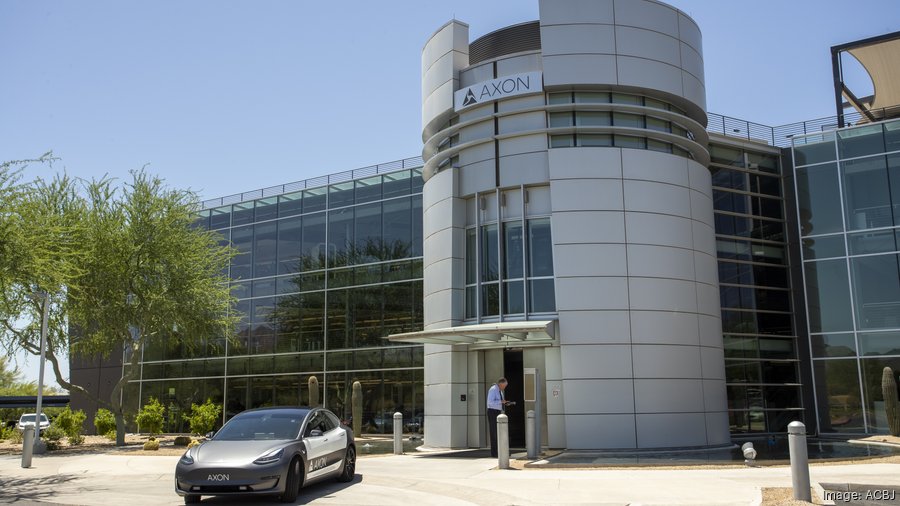Census shows record 1 in 3 US counties are dying
Mar 14, 2013, 10:15 PM
WASHINGTON (AP) – A record number of U.S. counties _ more than 1 in 3 _ are now dying off, hit by an aging population and weakened local economies that are spurring young adults to seek jobs and build families elsewhere.
New 2012 census estimates released Thursday highlight the population shifts as the U.S. encounters its most sluggish growth levels since the Great Depression.
The findings also reflect the increasing economic importance of foreign-born residents as the U.S. ponders an overhaul of a major 1965 federal immigration law. Without new immigrants, many metropolitan areas such as New York, Chicago, Detroit, Pittsburgh and St. Louis would have posted flat or negative population growth in the last year.
“Immigrants are innovators, entrepreneurs, they’re making things happen. They create jobs,” said Michigan Gov. Rick Snyder, a Republican, at an immigration conference in his state last week. Saying Michigan should be a top destination for legal immigrants to come and boost Detroit and other struggling areas, Snyder made a special appeal: “Please come here.”
The growing attention on immigrants is coming mostly from areas of the Midwest and Northeast, which are seeing many of their residents leave after years of staying put during the downturn. With a slowly improving U.S. economy, young adults are now back on the move, departing traditional big cities to test the job market mostly in the South and West, which had sustained the biggest hits in the housing bust.
Also seeing big declines now are rural and exurban areas, along with industrial sections of the Rust Belt.
Census data show that 1,135 of the nation’s 3,143 counties are now experiencing “natural decrease,” where deaths exceed births. That’s up from roughly 880 U.S. counties, or 1 in 4, in 2009. Already apparent in Japan and many European nations, natural decrease is now increasingly evident in large swaths of the U.S.
Despite increasing deaths, the U.S. population as a whole continues to grow, boosted by immigration from abroad and relatively higher births among the mostly younger migrants from Mexico, Latin America and Asia.
“These counties are in a pretty steep downward spiral,” said Kenneth Johnson, a senior demographer and sociology professor at the University of New Hampshire, who researched the findings. “The young people leave and the older adults stay in place and age. Unless something dramatic changes _ for instance, new development such as a meatpacking plant to attract young Hispanics _ these areas are likely to have more and more natural decrease.”
The areas of natural decrease stretch from industrial areas near Pittsburgh and Cleveland to the vineyards outside San Francisco to the rural areas of east Texas and the Great Plains. A common theme is a waning local economy, such as farming, mining or industrial areas. They also include some retirement communities in Florida, although many are cushioned by a steady flow of new retirees each year.
In the last year, Maine joined West Virginia as the only two entire states where deaths exceed births, which have dropped precipitously after the recent recession. As a nation, the U.S. population grew by just 0.75 percent last year, stuck at historically low levels not seen since 1937.
Johnson said the number of dying counties is rising not only because of fewer births but also increasing mortality as 70 million baby boomers born between 1946 and 1964 move into their older years. “I expect natural decrease to remain high in the future,” he said.
Among the 20 fastest-growing large metropolitan areas last year, 16 grew faster than in 2011 and most of them are located in previously growing parts of the Sun Belt or Mountain West. Among the slowest-growing or declining metropolitan areas, most are now doing worse than in 2011 and they are all located in the Northeast and Midwest.
New York ranks tops in new immigrants among large metro areas, but also ranks at the top for young residents moving away.
In contrast, the Texas metropolitan areas of Dallas, Houston and Austin continued to be big draws for young adults, ranking first, second and fourth among large metro areas in domestic migration due to diversified economies that include oil and gas production. Phoenix, Las Vegas and Orlando also saw gains.
By region, growth in the Northeast slowed last year to 0.3 percent, the lowest since 2007; in the Midwest, growth dipped to 0.25 percent, the lowest in at least a decade. In the South and West, growth rates ticked up to 1.1 percent and 1.04 percent, respectively.
“The brakes that were put on migration during the Great Recession appear to be easing up,” said William H. Frey, a demographer at the Brookings Institution who analyzed the migration data. “Native migrants are becoming more `footloose’ _ following the geographic ups and downs of the labor market _ than are immigrants, who have tended to locate in established ethnic communities in big cities.”
“Immigration levels are not where they were a decade ago, but their recent uptick demonstrates the important safety valve they can be for areas with stagnating populations,” he said.
Mark Mather, an associate vice president at the Population Reference Bureau, noted that political efforts to downsize government and reduce federal spending could also have a significant impact on future population winners and losers.
Since 2010, many of the fastest-growing U.S. metro areas have also been those that historically received a lot of federal dollars, including Fort Stewart, Ga., Jacksonville, N.C., Crestview, Fla., and Charleston-North Charleston, S.C., all home to military bases. Per-capita federal spending rose from about $5,300 among the fastest-growing metros from 2000 to 2010, to about $8,200 among the fastest-growing metros from 2011 to 2012.
“Federal funding has helped many cities weather the decline in private sector jobs,” Mather said.
Other findings:
_Exurbs, the far-flung suburbs on the edge of metropolitan areas, continue to see their growth fizzle after their heady days during the housing boom. Growth dipped last year to 0.35 percent, the lowest in more than a decade. In 2006, exurban growth was as high as 2.1 percent.
_Roughly 46 percent of rural counties just beyond the edge of metropolitan areas experienced natural decrease, compared to 17 percent of urban counties.
_As a whole, the population of nonmetropolitan areas last year declined by 0.1 percent, compared with growth of 1 percent for large metro areas and 0.7 percent for small metropolitan areas.
_In the last year, four metro areas reached population milestones: Los Angeles hit 13 million, Philadelphia reached 6 million, Las Vegas crossed 2 million and Grand Rapids, Mich., passed 1 million.
_Chattahoochee County, Ga., home to Fort Benning, was the nation’s fastest-growing county, increasing 10.1 percent in the last year.
The census estimates are based on local records of births and deaths, Internal Revenue Service records of people moving within the United States and census statistics on immigrants.
___
Online:
http://www.census.gov
(Copyright 2013 The Associated Press. All rights reserved. This material may not be published, broadcast, rewritten or redistributed.)








